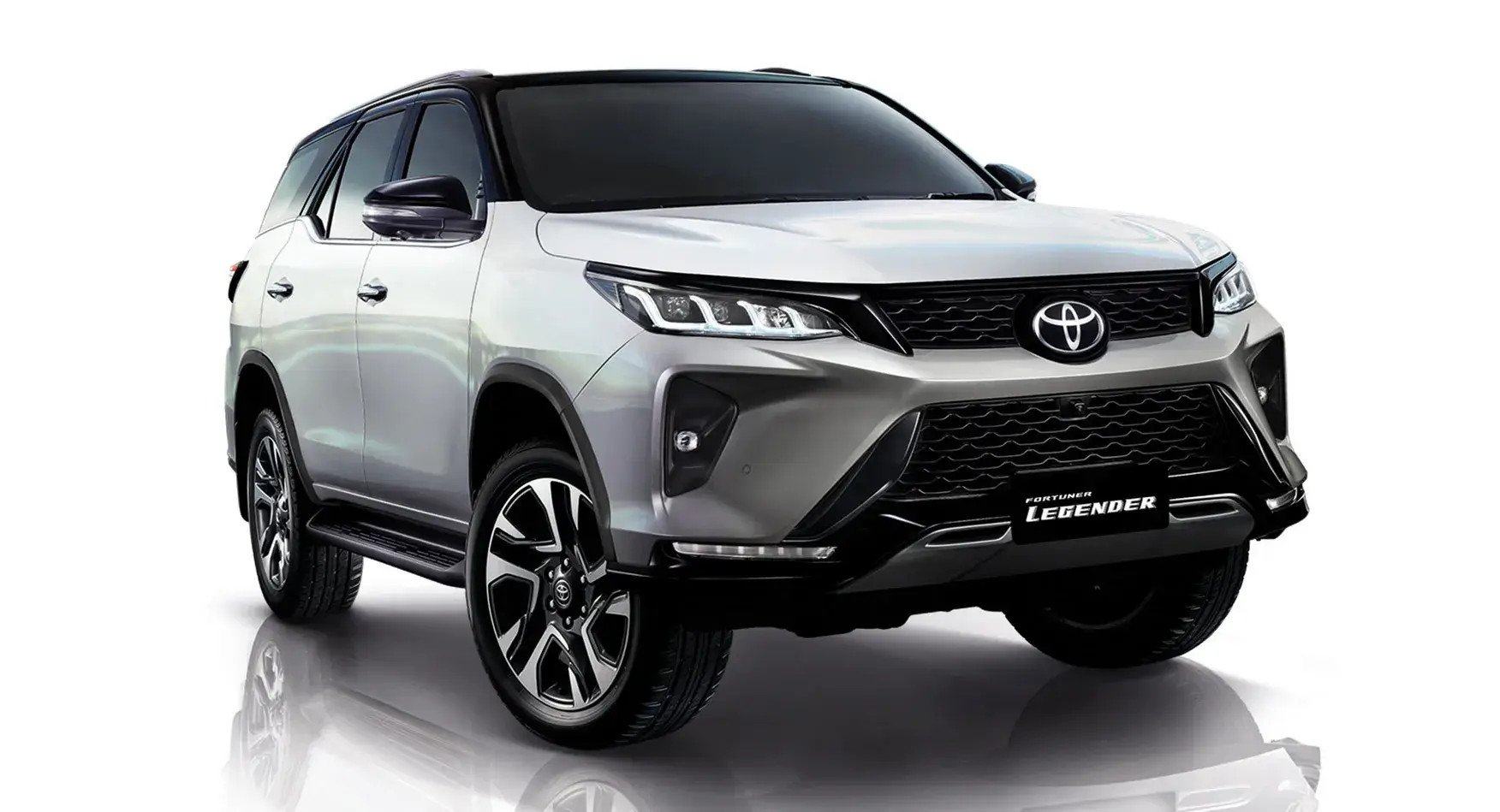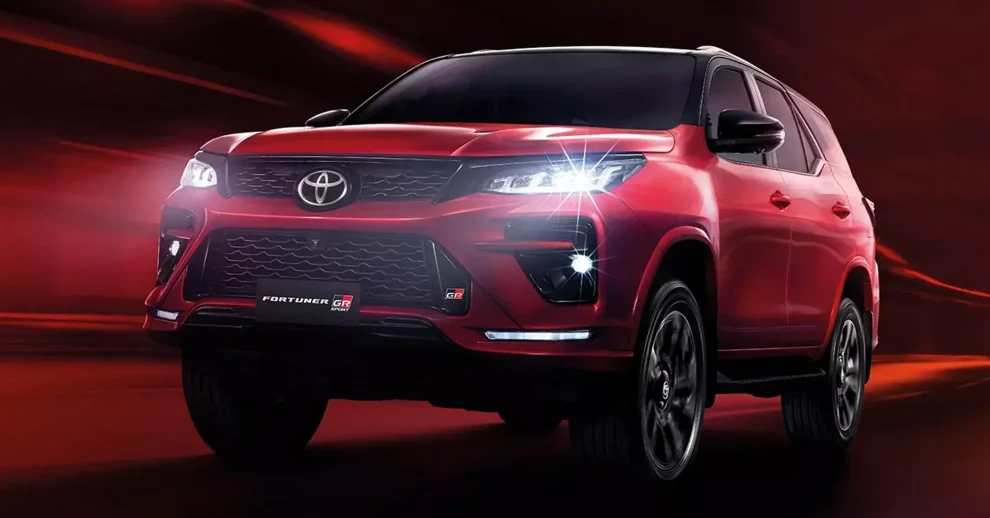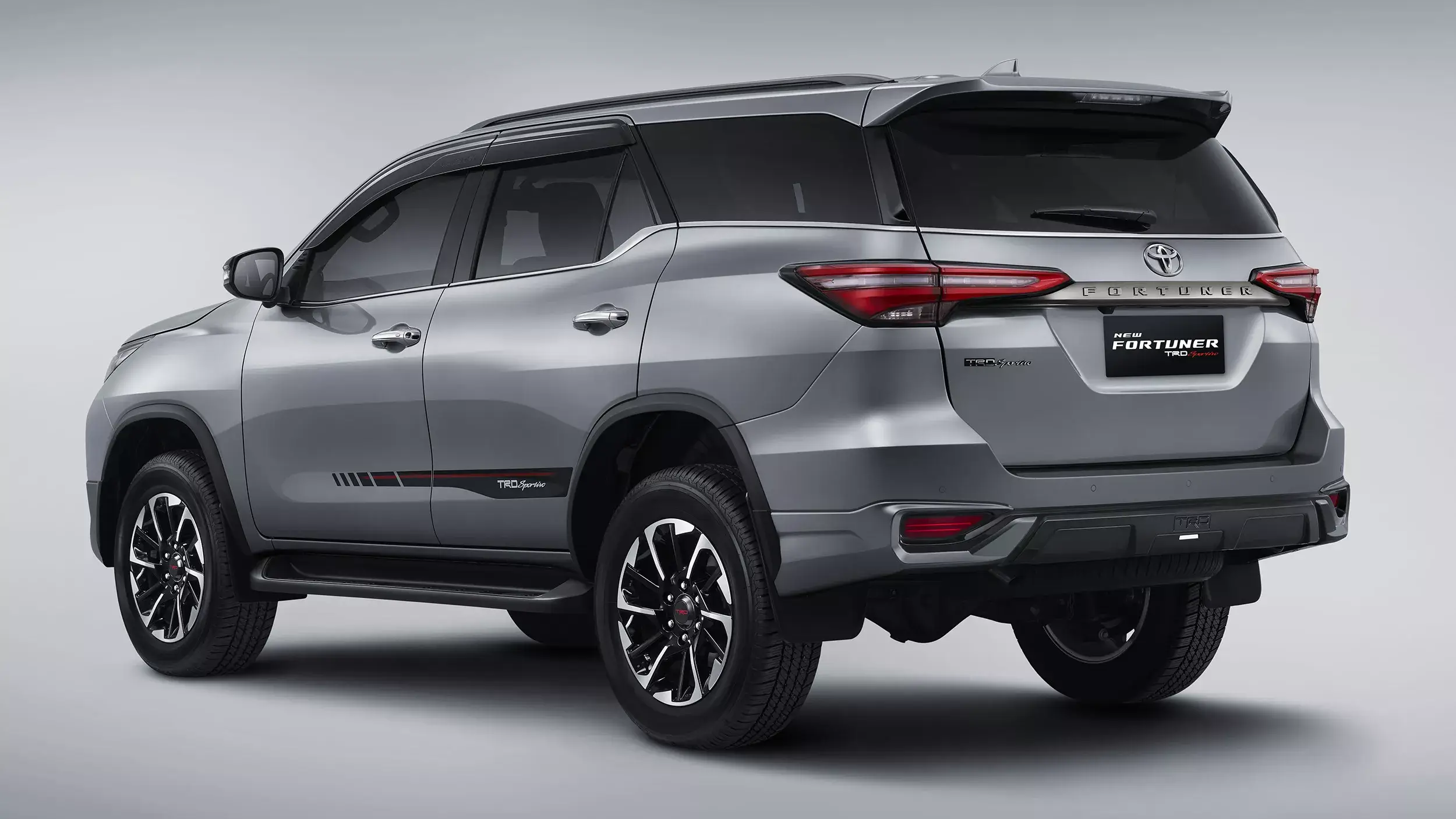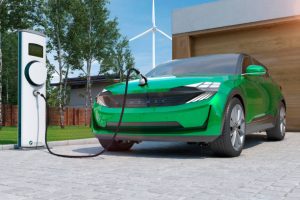In a surprising twist for the world of rugged, body-on-frame SUVs, the next-generation Toyota Fortuner could signal a dramatic design shift—one that blends toughness with a touch of premium flair. This reimagined look, inspired by the elegant lines of the Toyota Crown Sedan, comes courtesy of independent designer Theophilus Chin, also known as Theottle, whose digital renderings are sparking conversation across automotive circles.
While still speculative, this bold visual direction challenges the norms of traditional ladder-frame SUVs and hints at a future where luxury and capability don’t have to be mutually exclusive.
A Rugged Foundation Meets a Refined Future
The Fortuner, currently based on the globally respected Toyota Hilux pickup, has long been praised for its durability, off-road prowess, and versatility in regions like Southeast Asia, the Middle East, Africa, and parts of Latin America. But it hasn’t exactly been known for cutting-edge aesthetics or upscale creature comforts.
That could change with the next iteration.
Rather than mimicking Toyota’s more rugged offerings like the Land Cruiser or 4Runner, Theottle’s interpretation draws inspiration from the sleek Toyota Crown, a premium sedan that returned to global markets as part of Toyota’s broader luxury strategy. Despite being from very different product families, the Fortuner’s boxy silhouette surprisingly adapts well to the Crown’s bold front fascia, hammerhead LED headlamps, and minimalist design language.
Design Details: Where Crown Meets Climber
The visual makeover suggests a Fortuner that is still tough at its core but polished on the outside:
-
Front Fascia: Adopts Toyota’s “hammerhead” lighting signature with a wide, confident grille and a sculpted bumper that gives a hint of sophistication.
-
Side Profile: Retains the familiar silhouette and greenhouse of the current model—likely a nod to platform continuity—but features cleaner surfacing and subtle chrome accents.
-
Rear Design: Perhaps the biggest departure, showcasing full-width LED taillights and a streamlined tailgate. The large “Fortuner” script across the rear adds presence.
The visual concept could benefit from beefier off-road elements—such as skid plates, chunkier tires, and fender flares—but even without them, the design already suggests an SUV that’s aiming higher than ever in terms of street appeal.
Interior Expectations: Time for a Total Refresh
While renderings focus on the exterior, a new Fortuner would demand an overhauled cabin to match its elevated styling. The current dashboard and tech interfaces, even after the 2020 facelift, lag behind newer rivals.
Likely Interior Upgrades:
-
All-digital instrument cluster
-
Larger infotainment touchscreen with wireless Apple CarPlay/Android Auto
-
New soft-touch materials and optional leather seating
-
Enhanced third-row usability and comfort
Given Toyota’s recent interior advances in models like the Land Cruiser Prado (J250) and Tacoma, it’s reasonable to expect a similar leap in refinement for the Fortuner.
 Platform and Powertrain: Familiar but Evolved
Platform and Powertrain: Familiar but Evolved
Mechanically, the next Fortuner is almost certain to ride on a revised version of the IMV ladder-frame chassis, shared with the upcoming Hilux. This platform has already been updated for improved ride comfort, safety, and mild-hybrid readiness.
Powertrain Expectations:
-
2.8-liter turbodiesel, still the core engine in many markets, offering up to 221 hp and 550 Nm of torque in top trims.
-
Mild-hybrid diesel (MHEV), recently introduced in South Africa, improving fuel efficiency and emissions.
-
Gasoline variants may remain available in select regions.
-
Possibility of hybrid expansion, following Toyota’s global electrification strategy.
While a full hybrid or plug-in hybrid Fortuner isn’t confirmed, Toyota’s increasing investment in electrified powertrains suggests the Fortuner could join the trend sooner than later—especially in emissions-conscious markets.
The Competitive Set
A refreshed Fortuner must stand tall against a growing field of capable and modern rivals, including:
-
Ford Everest (Ranger-based)
-
Isuzu MU-X
-
Mitsubishi Pajero Sport
-
Nissan Terra
Each of these models has upped the ante in comfort, safety, and connectivity, leaving Toyota little room to rest on its reputation alone. A more luxurious Fortuner could help Toyota recapture mindshare and market share in regions where SUV buyers now demand more than just toughness.
 What’s Next?
What’s Next?
With the next-generation Hilux expected to break cover later this year, the new Fortuner likely won’t be far behind—possibly arriving in late 2025 or early 2026. Toyota’s usual strategy of evolving rather than reinventing means the core formula will stay, but the aesthetic and technological upgrades could transform the Fortuner into something far more aspirational.
Final Thoughts
The idea of blending ladder-frame durability with sedan-like luxury styling may seem odd at first—but it’s exactly the kind of innovation that’s redefining the SUV segment. If Toyota goes through with a Fortuner that truly reflects the elegance of the Crown while maintaining its rugged DNA, it could break SUV conventions in the best possible way.
This wouldn’t just be an upgrade. It would be a repositioning—from workhorse to weekend luxury warrior.













Add Comment